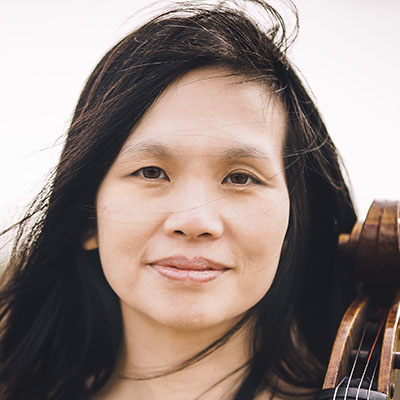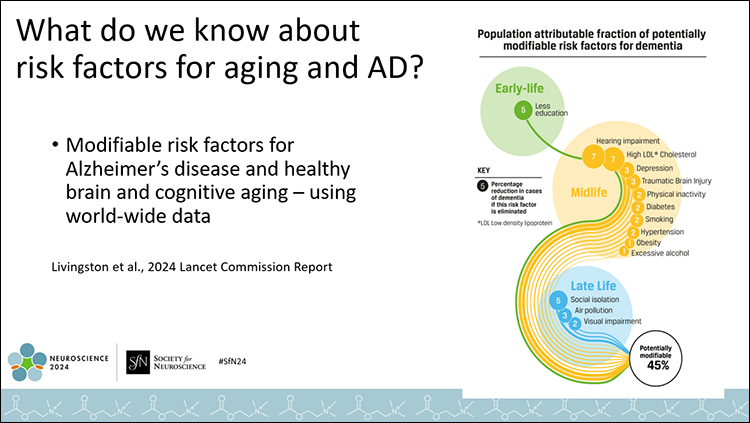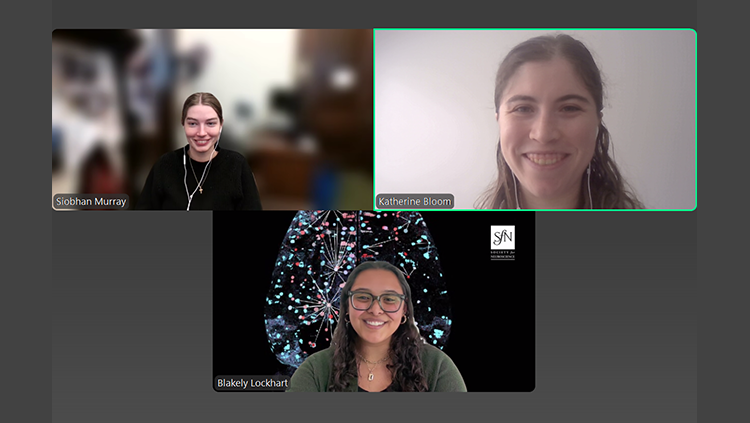Future of Neuroscience: Julia Tom

Julia Tom
Julia Tom is a former cellist with Amsterdam's Concertgebouw Orchestra turned neuroscientist, now bridging elite performance and fundamental science in her work. Her research aims to understand and enhance elite motor performance, particularly focusing on the tactile sensory system that conventional musical training often overlooks.
At the University of Toronto, Julia held a unique dual position, teaching at the Faculty of Music while conducting research at the Faculty of Kinesiology. Her research recently won the Wu Tsai Human Performance Alliance Agility Award, funding Stanford postdoctoral research with Dr. Peter Tass on a tactile glove to treat musicians’ dystonia, a crippling neurological disorder affecting 1-5% of professional musicians.
Through her research, teaching, and mentorship, Julia looks to inject science-backed approaches into the field of musical performance, empowering performers to achieve their full potential.
Neuroscience Quarterly (NQ): You went from international professional cellist to neuroscience PhD student. What led you to pursue neuroscience as a career?
Julia Tom (JT): As a kid, I loved science fiction and exploring my own thought experiments, but I had this idea that I didn’t fit the mold of what a scientist was. I poured my focus into playing cello, building the skills to become a professional musician.
When I was seven, a diving accident left me with a spinal cord injury that decreased sensitivity along the entire right side of my body. It impacted my ability to coordinate complex movements in my right arm, hand, and fingers, which proved an ongoing frustration for my performance as a cellist. As I got older, I managed to achieve external success, winning competitions and job auditions. But behind the scenes, I was searching for a solution to my chronic pain.
In the 2000s, I discovered dispokinesis, a training protocol designed to help musicians direct attention to tactile sensations while moving. It was like a light bulb went on in my brain and body: my fingers moved more quickly and precisely, my bow drew a richer sound that I could shape more flexibly, and, best of all, my pain and tension lifted.
Professional musicians experience extreme rates of physical pain and injury, and I wanted to share the miraculous effect of this therapy with other people. I trained under Joachim Schiefer to become a certified dispokinesis teacher and took a sabbatical from the Concertgebouw Orchestra to teach at the University of Toronto Faculty of Music. There, I met Joyce Chen, a professor in the Faculty of Kinesiology, who constantly fielded my questions about the link between tactile sensation and motor skills. Dr. Chen noted that many of my questions had not yet been explored and suggested I pursue a PhD to fill in these knowledge gaps.
NQ: What is your current area of research?
JT: I'm studying the tactile-motor relationship in elite musicians to understand its role in exceptional fine motor skill. The topic touches upon fundamental questions about how the brain elicits movement, which is not as simple as it sounds. It’s not just the brain telling specific muscles to move. It’s a highly complex phenomenon coordinating learned interactions between the body and the world.
In the 2000s, I discovered dispokinesis, a training protocol designed to help musicians direct attention to tactile sensations while moving.
When I started this work, I was surprised that many of my questions had not yet been explored. But because neuroscience is so detail heavy, topics tend to get approached in single-subject silos: motor learning, tactile perception, decision-making, etc. Interdisciplinary fields like musicians’ motor performance sometimes fall through the cracks, despite offering crucial perspectives that cannot be gleaned from any single area studied in isolation.
My research explores the outer limits of human capability, revealing the importance of attuning deeply to tactile sensation for optimal performance. This opens a whole new perspective for how we think about movement.
NQ: How can this work benefit musicians and non-musicians alike?
JT: This work lays the groundwork for evidence-based musical training, offering insights for teachers to guide students effectively and for students to master their performance quickly.
But this research also has clinical applications. Once I finish my PhD, I will start a postdoc position at Stanford University, where I’ll work with Peter Tass, who developed a glove that uses targeted vibration to eliminate tremors in people with Parkinson’s disease. We’ll be studying how using this technology — a glove that enhances sensory input — could treat musicians suffering from focal dystonia, a devastating neurological disorder that results in loss of control of voluntary movement.
Interdisciplinary fields like musicians’ motor performance sometimes fall through the cracks, despite offering crucial perspectives that cannot be gleaned from any single area studied in isolation.
For non-musicians, my research has also shown a promising new direction for managing declining performance from age. Musicians are an exceptional group in maintaining peak motor performance well into advanced age. One of my studies shows that everyone’s sense of touch declines with age — except musicians when performing their most difficult, trained tasks. In other words, tactile sensitivity and fine motor performance can be preserved into older age by continuing to challenge and train fine motor control.
Beyond helping movement, I believe this work also offers benefits akin to mindfulness by bringing the mind into a more positive relationship with the body. Turning attention to tactile sensations — whether that’s feeling the piano key’s weight under the fingertip or buttoning up a shirt — gives the mind a focal point located within our bodies’ sensory system and present, physical reality. In my experience, it is one of the biggest gifts we can give ourselves — connecting to our body’s own sensory system and establishing it as a basis of trust.
NQ: How did you navigate the transition from performing musician to neuroscience PhD student?
JT: I am immensely grateful for my mentor, Joyce Chen, for taking a chance on me as a PhD student with no science background — only a thousand questions from my own experience. My PhD program offered coursework on some basics for starting to conduct research, and before starting my PhD, I took an online Coursera class in musculoskeletal anatomy.
My research stems from lived experience pursued at an extremely high level, giving me the confidence to ask questions dismissed or overlooked by other researchers and to quickly filter for elements I know are relevant.
Beyond these courses, I’ve learned largely by doing — and from phenomenal lab mates. A fellow PhD student, Joseph Manzone, showed me the ropes on study design and created a first-class code for my experiment. A research associate, Xiaoye (Michael) Wang, demonstrated at lab meetings how YouTube could be used to gain crucial technical skills (what he calls “YouTube University”), motivating me to take the learning of coding into my own hands. Other graduate students have been crucial supports, sharing detailed notes from coursework, serving as pilot participants for new studies, and acting as sounding boards and morale boosters when the inevitable obstacles arose.
It may be that I needed this circuitous route to develop the confidence to enter this field. Now, I see my non-linear path as a real benefit. My research stems from lived experience pursued at an extremely high level, giving me the confidence to ask questions dismissed or overlooked by other researchers and to quickly filter for elements I know are relevant. It is also satisfying that I can now walk into my classroom or sessions with patients and say not only, “This is what I've experienced myself,” but also “This is what the research says.” It’s thrilling to have conversations where I can bring these worlds together.























